Accepting and processing credit card payments is essential to success as an e-commerce business. According to Worldpay’s Global Payments Report, credit cards account for a full third of all online spending in the United States. Other nations are even more attached to their credit cards: Canadians use their cards to pay for 60 percent of their online purchases.
Here’s what you need to know to accept card payments through your website.
The basics of online credit card payments
You need two things to accept card payments through your website: a payment gateway and a payment processor. To understand what these are and how they interact, let’s take a step-by-step look at an online payment.
- An e-commerce transaction starts when the customer clicks Buy and enters a card number into the payment gateway. The gateway software encrypts the customer’s card data and the charge amount, then sends the information to your payment processor, which is typically your merchant account with a merchant acquiring bank. Businesses without a merchant account can use one of many third-party processing aggregators, including PayPal and Square, which are both gateways and payment processors.
- The payment processor sends an authorization request to the customer’s card-issuing bank to authorize the charge (or deny it for insufficient funds or indications of fraud).
- The customer’s bank sends the authorized payment to the processor, which deposits the money in your account.
While there are many advantages to having a merchant account, the simplest way to start accepting credit card payments on a new website is to add the right gateway.
Pro Tip
Start collecting credit card payments through your website with Jotform to get paid online with no extra transaction fees!
Enabling credit card purchases through your e-commerce site
Most e-commerce platforms provide built-in gateway integrations that can be enabled through a simple admin interface. Credit card processing is standard with digital storefront providers like Shopify, BigCommerce, and Magento. Selecting an integrated service is the shortest route to accepting card payments online, says Ian Wright, founder of e-commerce analysis site Merchant Machine.
“The advantage of an integrated payment solution is that it’s easier and faster to set up,” Wright says. “And since you’re only dealing with one provider, you can be very confident everything will work together as it should.”
There are many integrated payment gateways, but among the best known are Authorize.Net, PayPal, Braintree, and Stripe.
Custom gateway integrations provide a specialized shopping experience
If you prefer a highly customized checkout process, however, integration with a payment gateway can be more complicated.
Some payment gateway providers allow a higher level of customization than others. For example, if you want to add sophisticated upselling actions, or provide lots of optional product features on the user’s end, it’s important to investigate whether a particular payment gateway you’re considering offers these options.
Some e-commerce merchants choose to develop their own proprietary payment gateways. This is a complex web development project, and there are significant compliance challenges to become a legitimate gateway. But creating your own gateway allows developers to build custom integrations that go far beyond simply trading secure data back and forth.
Checkout options are endless, but most first-time online sellers can start accepting credit card payments simply by partnering with a reputable gateway provider.
Want the complete rundown on online payments? Check out the complete guide we created on the topic.







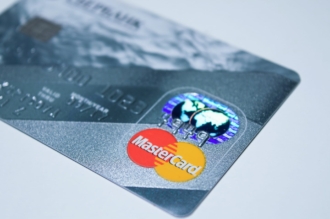


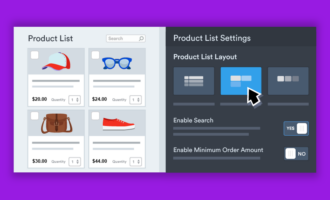






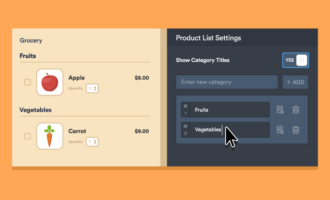
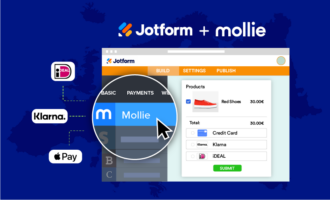
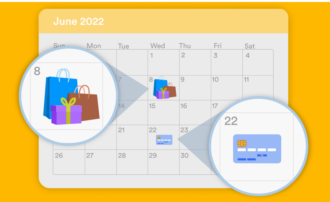








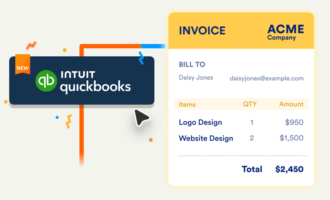














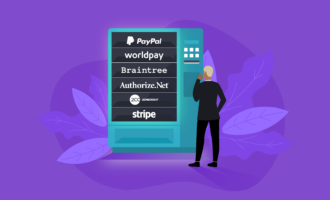








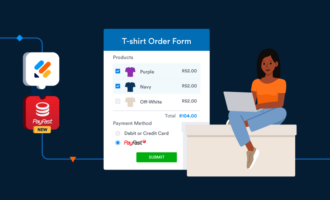
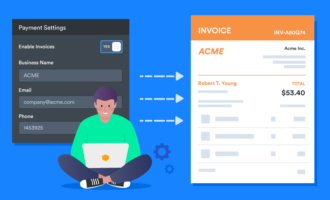
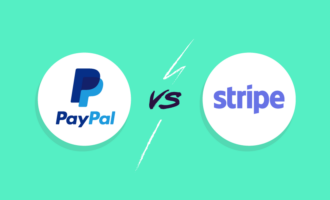






Send Comment:
2 Comments:
More than a year ago
In today’s world of payments everywhere, anytime, your business needs to be able to
More than a year ago
Awesome article post.Thanks Again. Will read on…
Connect with eMerchantPro to avail world class credit card processing services and get relieved of all the processing work for acquiring merchant account and enjoy the business reaching new heights.